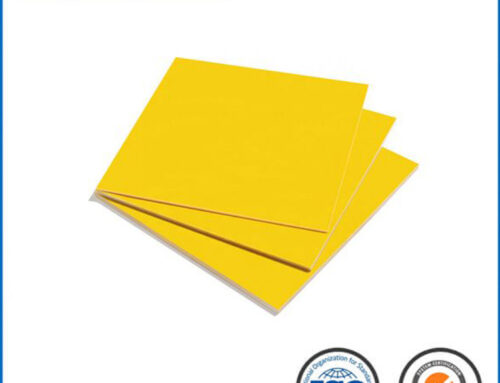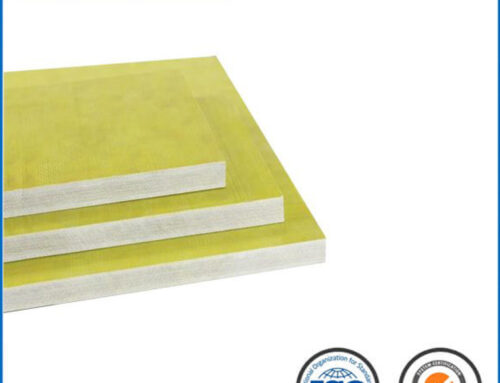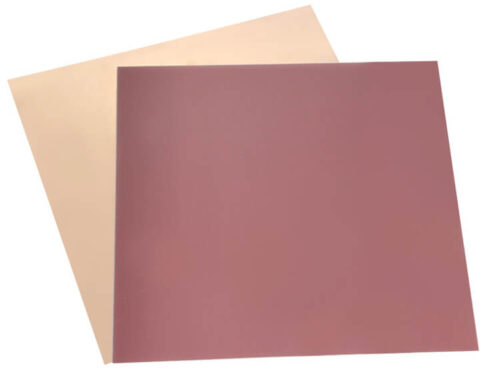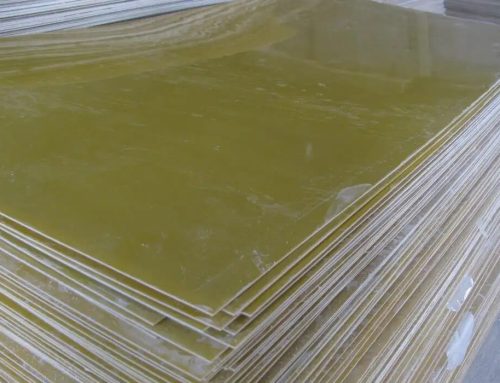In the world of industrial materials, G10 and G11 are two laminates commonly used in electrical and mechanical applications. Both materials are types of glass-reinforced epoxy laminates, but they have distinct properties and applications. This article aims to compare G10 and G11 materials, highlighting their characteristics, uses, and differences.
Understanding G10 and G11 Materials
G10 Material: G10 is a high-pressure fiberglass laminate, a type of composite material. It is made by stacking multiple layers of glass cloth, soaked in epoxy resin, and then compressing them under heat until the resin cures. G10 is known for its excellent electrical insulation, high strength, low moisture absorption, and chemical resistance.
G11 Material: G11 is similar to G10 but is rated for higher temperatures. It is also a glass-epoxy composite but has a higher percentage of epoxy, making it more resistant to heat. G11 retains its high mechanical strength at higher temperatures compared to G10.
Applications
G10 Applications: Due to its robust mechanical strength and electrical insulating properties, G10 is widely used in printed circuit boards, insulators, and various electrical applications. It is also popular in the manufacturing of knife handles, due to its durability and resistance to corrosion.
G11 Applications: G11 is primarily used in applications that require high heat resistance along with electrical insulation. This includes high-temperature electrical applications, aerospace components, and insulating washers and spacers that operate under extreme conditions.
Comparison Table: G10 vs G11
| Feature | G10 Material | G11 Material |
| Heat Resistance | Good, but less than G11 | Excellent, superior to G10 |
| Electrical Insulation | Excellent | Excellent, with better performance at high temperatures |
| Mechanical Strength | High | High, retains better at elevated temperatures |
| Moisture Absorption | Low | Low |
| Chemical Resistance | Good | Good |
| Cost | Generally lower than G11 | Higher due to enhanced heat resistance |
| Primary Uses | Electrical insulators, PCBs, knife handles | High-temperature electrical applications, aerospace components |
While G10 and G11 materials share some similarities, their key differences lie in their heat resistance capabilities and cost. G10 is an excellent choice for general electrical and mechanical applications where high strength and insulation are required. G11, on the other hand, is more suited for environments where materials are exposed to higher temperatures. The choice between G10 and G11 will largely depend on the specific requirements of the application, particularly concerning thermal performance and budget considerations. Both materials, however, offer high reliability and performance in their respective recommended applications.
More:




